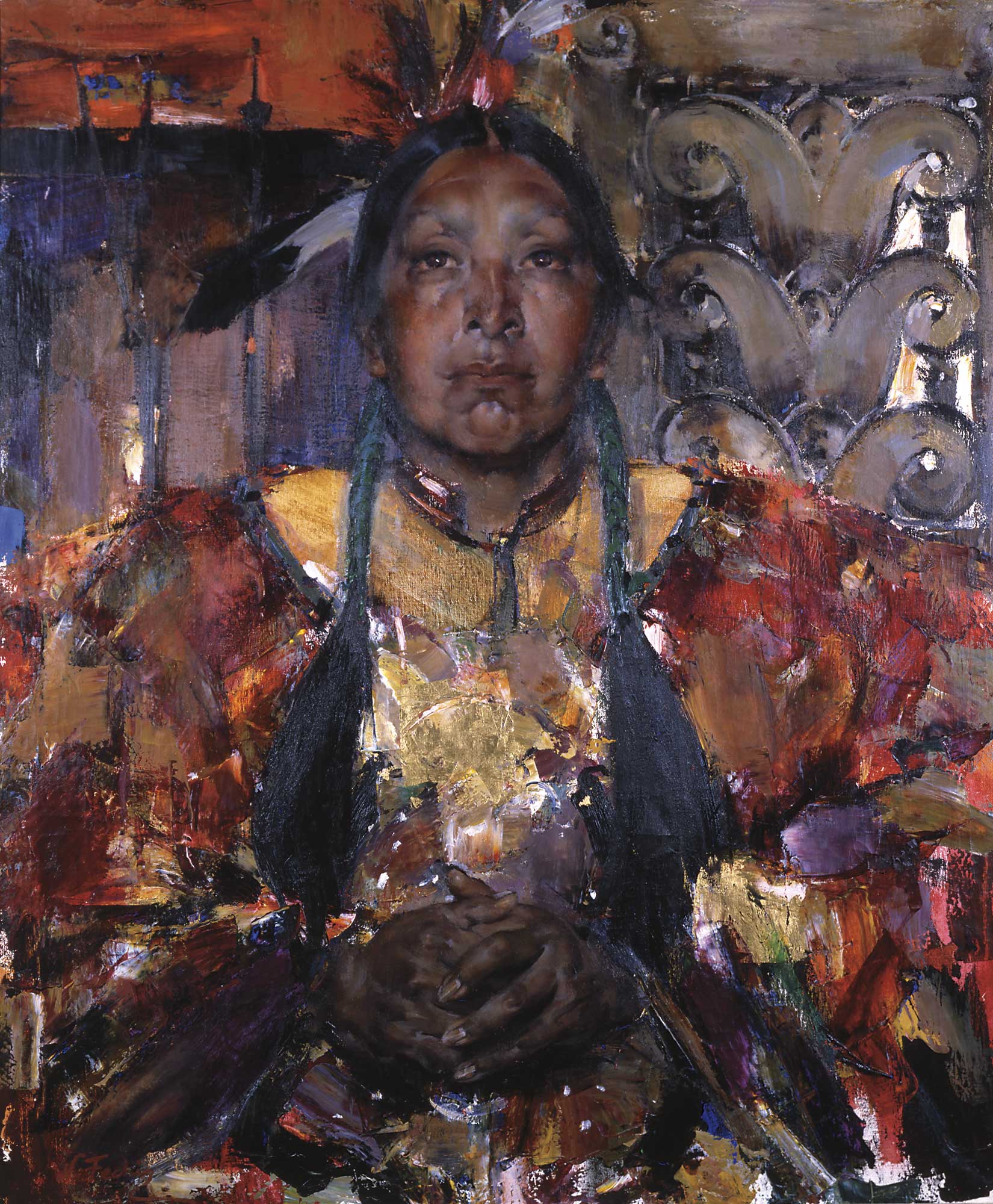
24 Jul The Eitejorg Museum
MARK TWAIN ONCE ENTHUSED, “THE WEST IS AMERICA … ONLY MORE SO.” Concurring with the inimitable author’s perception, perhaps the West can be most accurately defined as a collective history written by the conflict between indigenous peoples and a young nation’s response to the concept of Manifest Destiny; events that shaped us as a people and formed the foundation of our distinctly American mythology. With few exceptions, nowhere is this Western experience more beautifully documented than at the Eiteljorg Museum of American Indians and Western Art located in Indianapolis, Indiana; currently one of only two major museums of Western and Native American art, history and culture east of the Mississippi (the other is the National Museum of the American Indian in Washington, D.C.)
As Western venues go, the Eiteljorg Museum is a relatively recent addition to the fine art scene. In fact, the facility itself was birthed just two decades ago by a unique series of serendipitous events. As part of a sweeping downtown renaissance program begun in the mid-1980s, the city of Indianapolis created White River State Park, a 250-acre cultural and educational complex fashioned after the Mall in Washington, D.C. and designed to site the Indianapolis Zoo, the NCAA Hall of Champions and several new museums. At this same point in time, businessman and philanthropist Harrison Eiteljorg and the Lawton Museum of Indian Heritage were both seeking permanent homes for their collections. The marriage of these two entities formed the foundation for the Eiteljorg, a 75,000-square-foot Western museum which opened its doors on June 24, 1989.
An art lover from his youth, Eiteljorg developed a serious passion for collecting early in the 1940s when his position as CEO of Indianapolis-based Morgan Coal required him to make frequent trips to Colorado and New Mexico. Eiteljorg’s son, Roger, current chairman of the museum board, relates that as one of the earliest collectors to discover the art colony in Taos, New Mexico, his father made it his mission to purchase at least one representative piece from each local artist. “My dad enjoyed the hunt, finding art in out-of-the-way places. As the collection grew, it became his mission to have it exhibited in his hometown of Indianapolis as a means to educate residents about the landscapes and people he had learned to love.” In helping to found the museum that now bears his name, Eiteljorg was able to realize that dream.
Serving as the gateway to White River State Park, the stunning contemporary Eiteljorg complex is fashioned from hand-cut Minnesota dolomite simulating the rose- and honey-colored hues found in the pueblos and canyon lands of the Southwest. A 17-foot-high Blackfoot warrior, George Carlson’s bronze, The Greeting, welcomes visitors and portends the treasures found inside. Canyon Suite, a Wilson Hurley triptych that hangs in the entry hall, also has major significance. Hurley’s wife, Roz, was an Indianapolis native, so the painting’s presence is tangible testimony to the close ties between the museum and the community it serves.
From its inception, the Eiteljorg has been a museum with a vision. Thanks to its $40 million “Eye on the Future” capitol campaign, the museum doubled the size of its public galleries in 2002. Completion of the Mel and Joan Perelman Wing provided space to permanently house the Gund Collection, significant works gifted by the family of George Gund, another Easterner with a passion for the West. Bound to the East by his duties as president of the Cleveland Trust company, Gund, like Eiteljorg, had turned to collecting art as a vicarious yet tangible means of keeping his ties to the West alive.
John Vanausdall, president and CEO of the Eiteljorg, relates, “Our collections focus on three major areas: classic Native American and Western art, and works by contemporary Native American artists. Our Western collections are housed on the main floor in both the Art of the American West Gallery, featuring works by the Taos Society artists, and a number of contemporary artists including Georgia O’Keeffe, Howard Post, Howard Terpning and Ken Riley; and the Gund Gallery of Western Art, which focuses on sculptures and paintings by classic Western artists such as William Robinson Leigh, Charles Russell, Frederic Remington and Frank Tenney Johnson.”
The Eiteljorg is especially well known for its dedication to Native American collections, both historic and contemporary, which showcase extremely fine examples of traditional artifacts such as baskets, pottery, beaded garments and weaving, as well objects from Northwest coast artists including ceremonial masks and a fascinating Bent Box. In 2002, the Eiteljorg extended its options, becoming the first Alliance Partner of the Smithsonian National Museum of the American Indian. Vanausdall explains, “This unique 10-year agreement supports conservation and research, and allows us to acquire significant works on loan in order to enhance our own collections.”
The Eiteljorg Fellowship for Native American Fine Art, established in 1999, also places the museum in the forefront of supporting contemporary Native American art and artists, and in 2008, the museum was gifted with the Helen Cox Kersting collection, nearly 800 objects of fine Southwestern pottery, jewelry and other artifacts.
With a number of enviable collections in place, the Eiteljorg has begun to focus its energies on growing its membership and attracting more visitors. Former chairman of the board and longtime patron, Stan Hurt, says, “We want the museum to be a ‘Wow’ experience which keeps visitors coming back. Our plan is to increase family attendance through events such as our annual WestFest and the education center on the lower level which features interactive exhibits, including a full-size stage coach which invites children to climb on and imagine themselves in the Old West.”
Vanausdall emphasizes that outreach programs have also become an increasingly important means to build future generations of museum supporters. “My experience is that people who follow Native American and Western art know about the Eiteljorg, but not many have visited. Those who do are surprised to find an undiscovered treasure which far exceeds their expectations.”
- “October Suite, Grand Canyon”, 1991, oil on canvas
- The south face of the museum displays the “Richard and Billie Wood Deer Fountain” by Kenneth Bunn.
- Harrison Eiteljorg in his Indianapolis office in 1980.
- Truman Lowe (Ho-chunk), “Waterfall”, 1999, wood
- “The Greeting”, George Carlson, 1989, Bronze (edition 1/3) Gift: Courtesy of Harrison Eiteljorg.
- The south face of the museum displays the “Richard and Billie Wood Deer Fountain” by Kenneth Bunn.
- Pawnee Bear Claw Necklace, ca. 1870, Grizzly bear claws, otter fur, ribbon, glass beads, brass beads
- Judas Ullulaq, “Hunter and Caribou”, 1990, pyroxine, caribou antlers
- Newell Convers Wyeth, “Burial of Uncas”, 1919, oil on fabric support







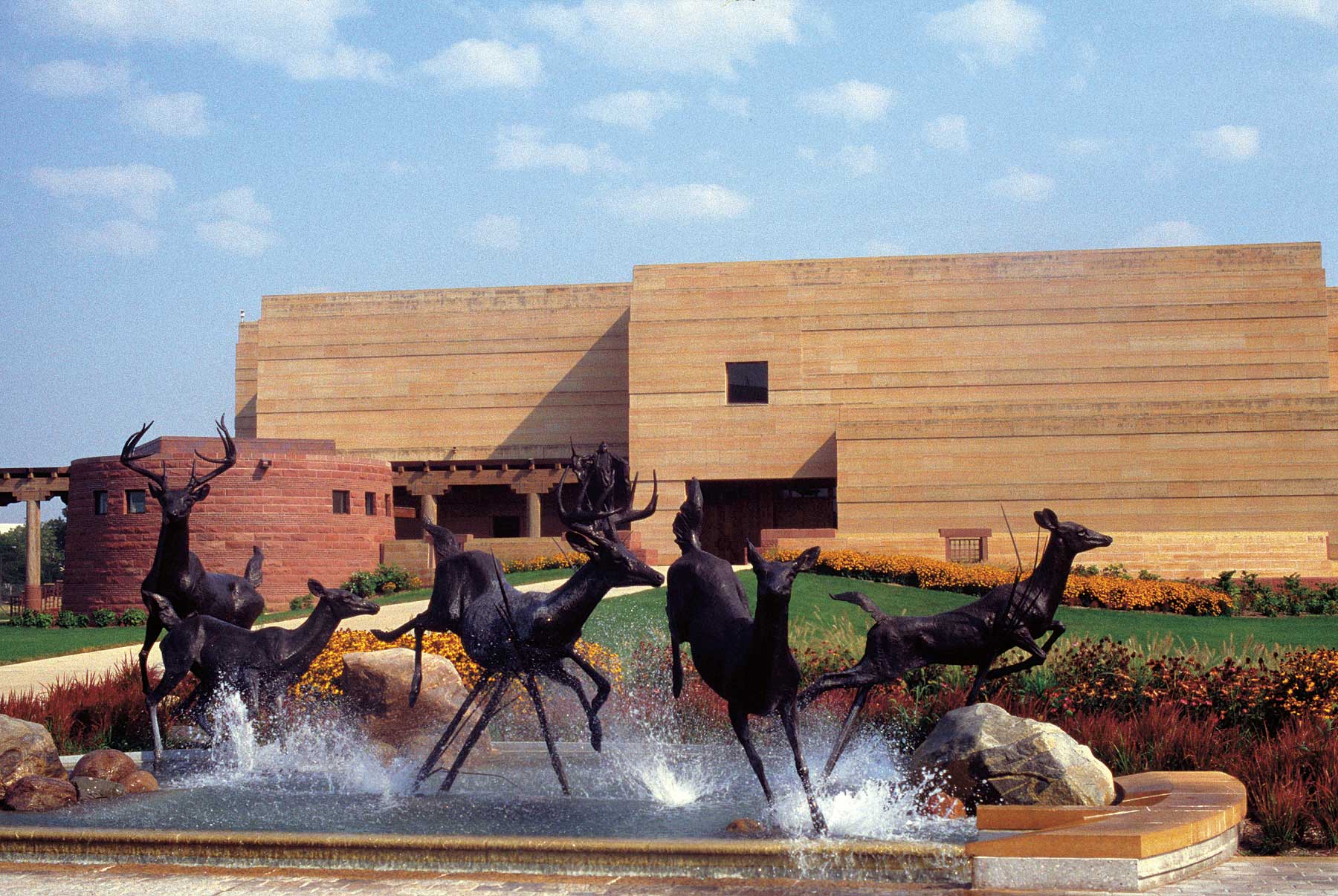
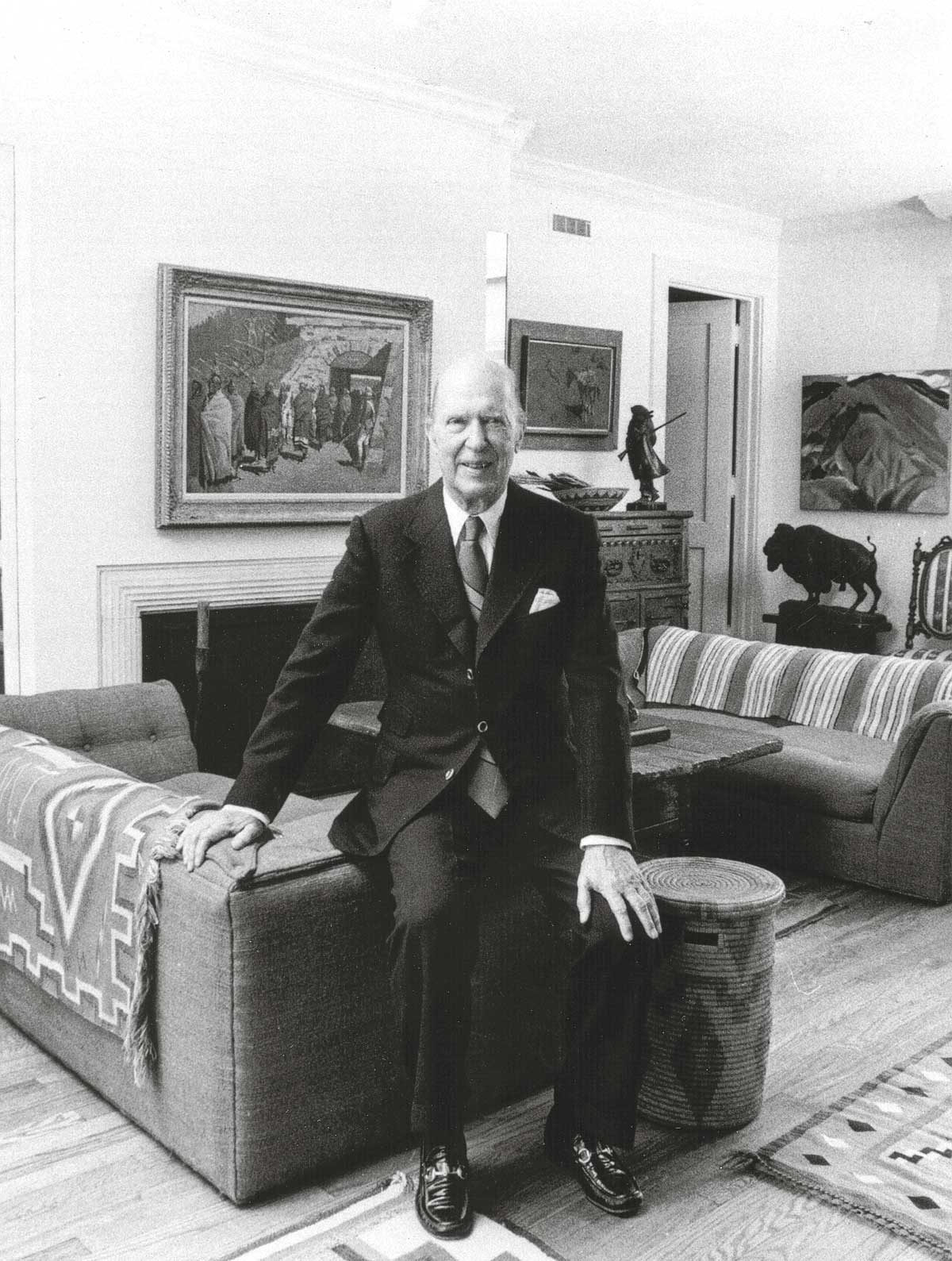
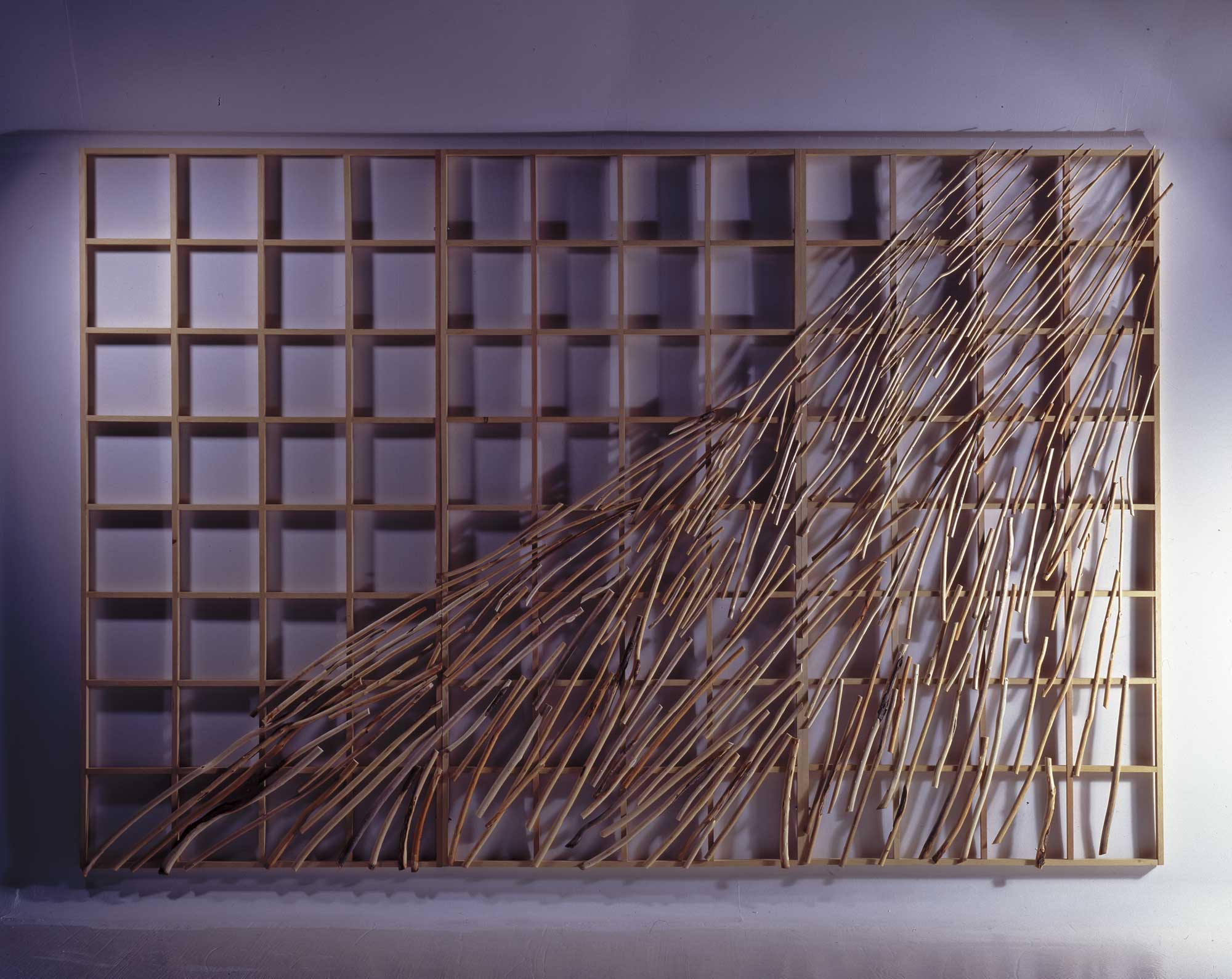
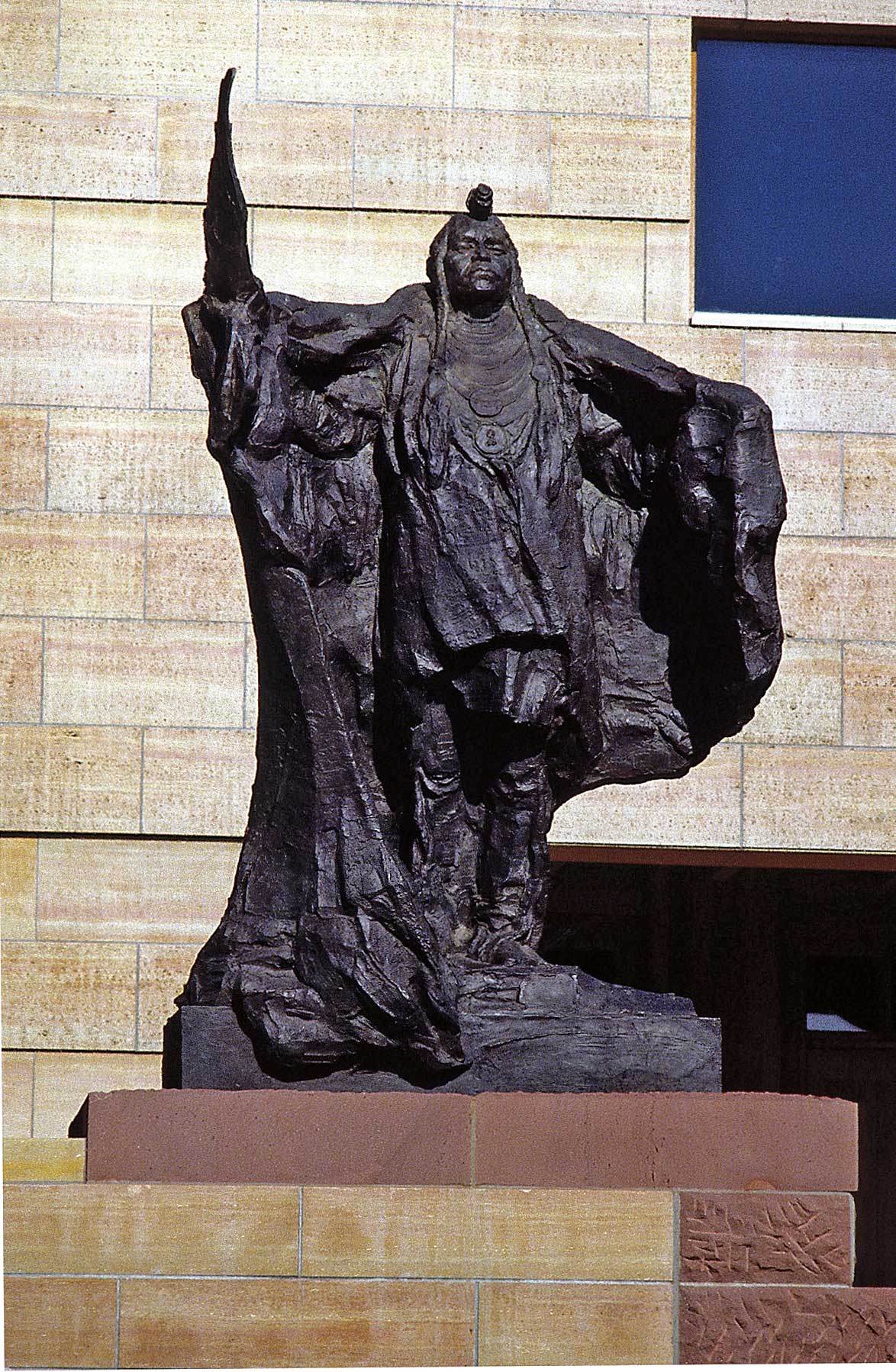
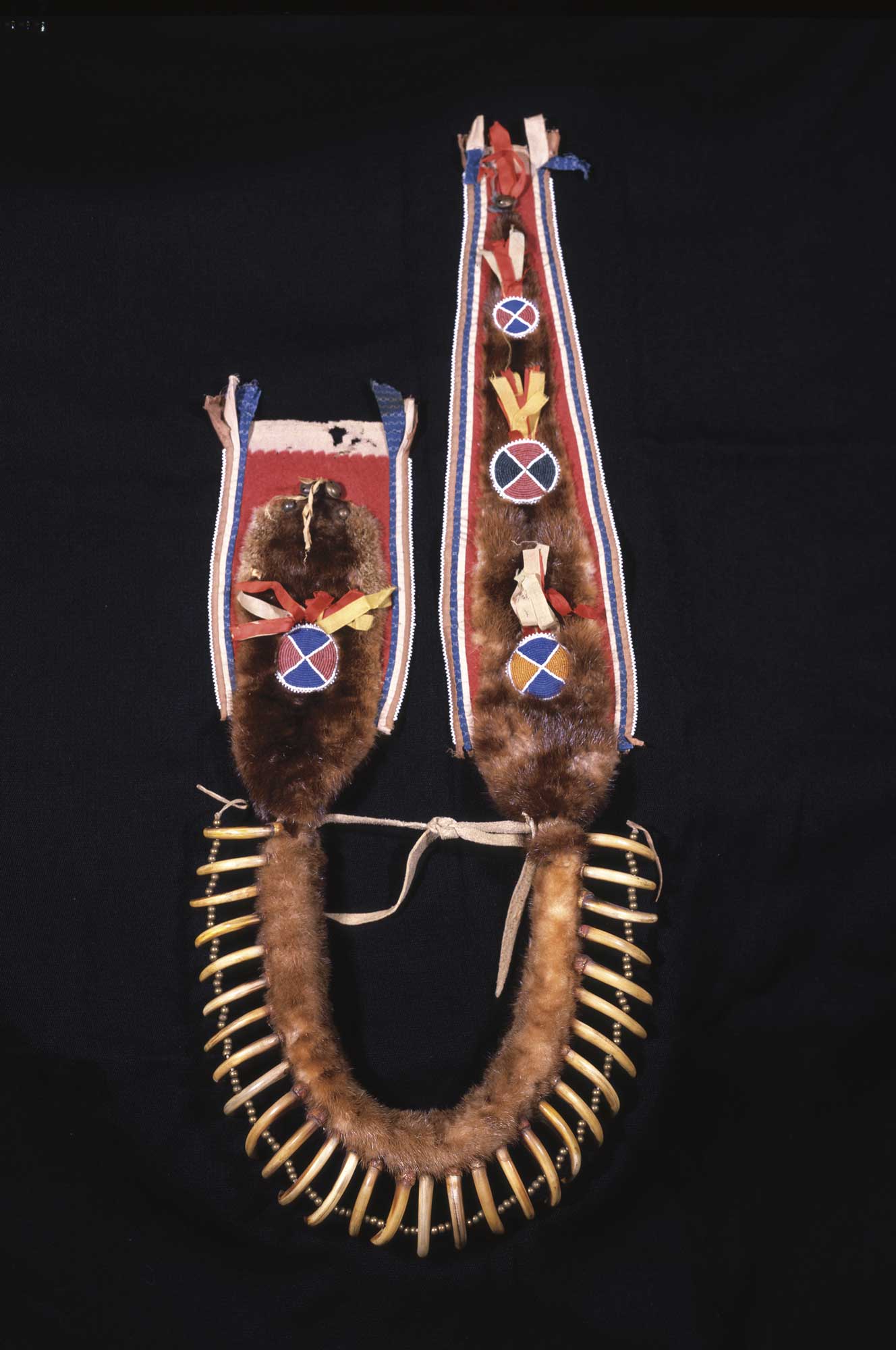
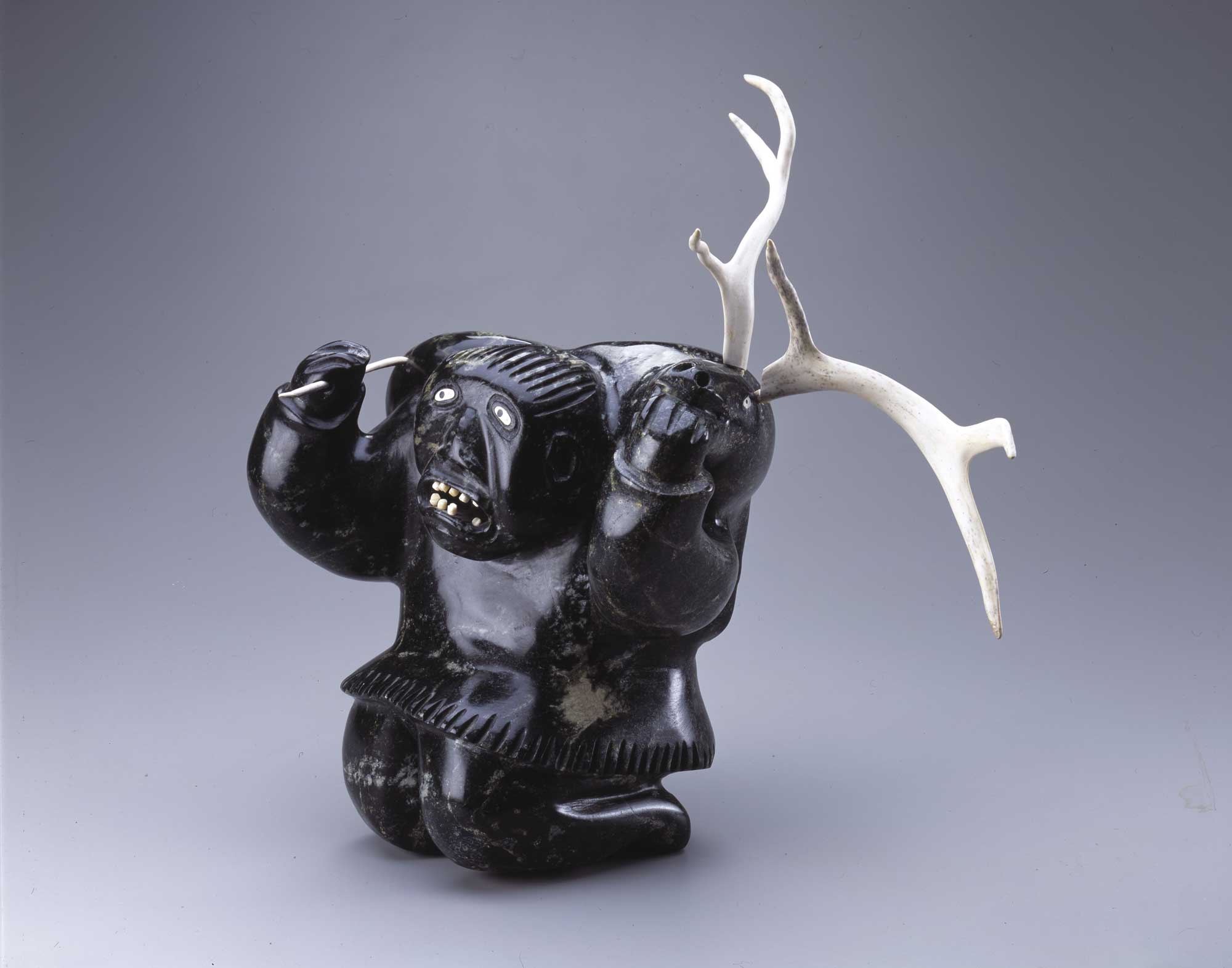
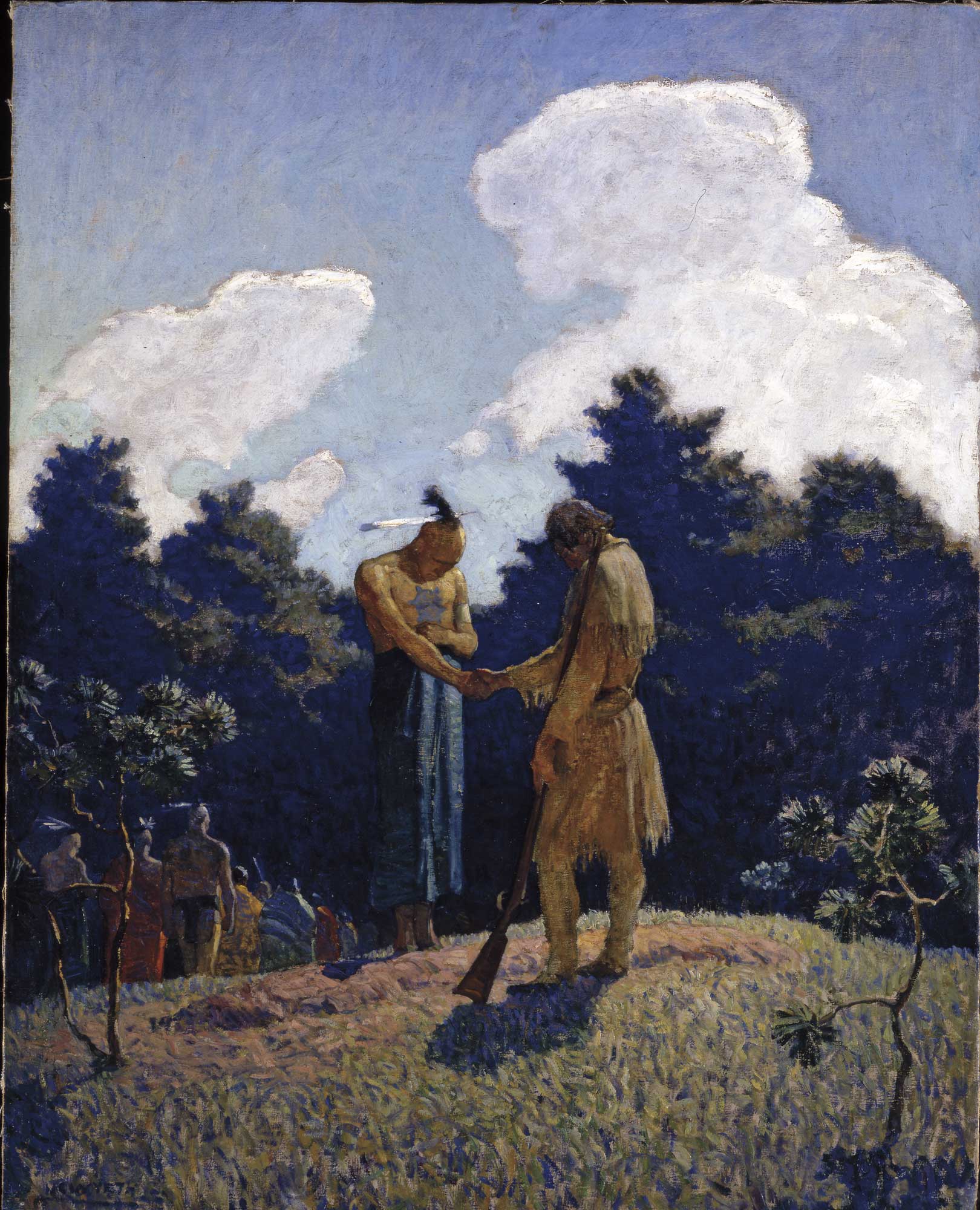
No Comments